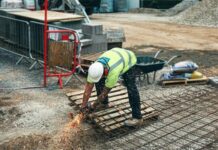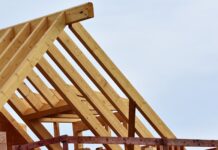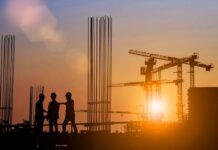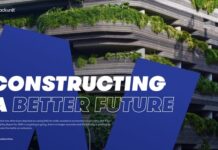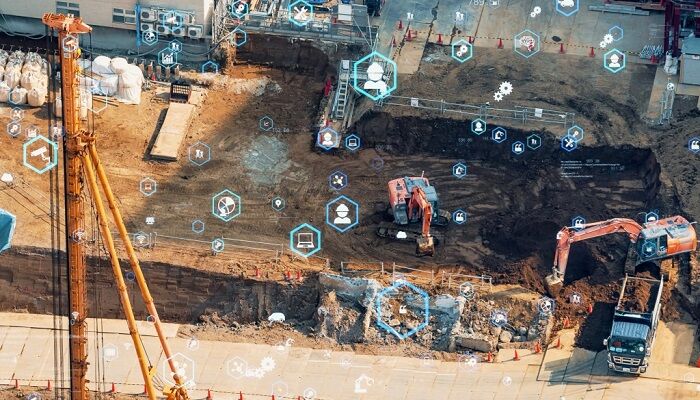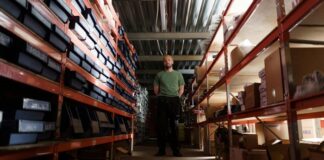Building Information Modeling – BIM
Technology as big as BIM happens to play a major role when it comes to sustainability within construction projects. By way of creating digital representations of the physical as well as functional traits of the places, BIM goes on to enable more precise planning and also quite efficient resource management, thereby decreasing the likelihood of waste and coming up with a more sustainable kind of decision-making across construction,
Smart Tech
The AI and IoT rollout happens to be transforming the construction sector by way of optimizing resource usage and, at the same time, enhancing building operations.
These technologies help with real-time tracking, energy consumption control, and also better the water use efficiency.
All this looks to enhance the overall maintenance of buildings, thereby leading to much more intelligent and sustainable buildings.
The certifications
Certifications such as LEED and BREEAM happen to be instrumental when it comes to promoting sustainability benchmarks, as these programs go on to offer frameworks that help architects, builders, and developers go ahead and execute sustainable building practices while also verifying that a specific project happens to meet high standards in terms of environmental responsibility as well as energy efficiency.
Training Needs along with Skill Gaps
There remains a very important requirement for skilled professionals who happen to be involved in sustainable construction practices.
Educational programs as well as certifications within green building techniques are indeed essential to equip the present as well as the future workforce with the required skills to drive the sector’s transition towards sustainability.
Regulatory Barriers
The construction sector goes on to often face challenges with variability as well as rapid evolution in terms of regulations pertaining to sustainability.
So as to stay compliant, it needs constant vigilance as well as adaptability, which can go on to quite prominently burden firms.
Sustainable Construction Challenges
There is a perception that pretty much exists that sustainable construction is prohibitively expensive, primarily due to the high upfront costs associated with green materials as well as technology.
But these costs happen to be complemented by quite prominent water, energy, and maintenance savings across the lifecycle of the building.
Why Sustainability Happen to Pay Off
Sustainable buildings happen to be mostly cheaper to function in. By way of using less energy as well as water and also needing less maintenance as compared to traditional buildings.
Keeping in sync with sustainability practices goes on to help organizations comply with the regulations and, at the same time, decrease the risk that’s associated with the scarcity of resources as well as future-proof buildings against the changes found in environmental policies.
The construction sector’s transition towards sustainability is no trend but happens to be a fundamental change in how buildings get designed, constructed, and operated.
As the demand for green buildings goes on to rise among consumers as well as investors, firms that happen to demonstrate a sustainability commitment can elevate their market position and also relish the competitive edge.
The stakeholders throughout the sector are asked to recognize the importance of the shift and also invest in the sustainable practices that will go on to shape construction’s future.
So now, we know the significance of sustainable practices, and all of this serves as a call to action for the sector’s stakeholders to stick to sustainability for the environment’s betterment and also for future generations.



